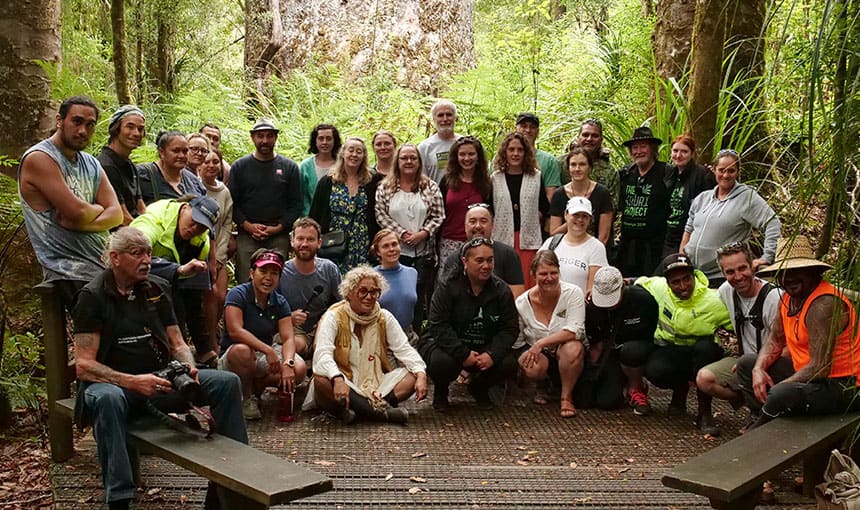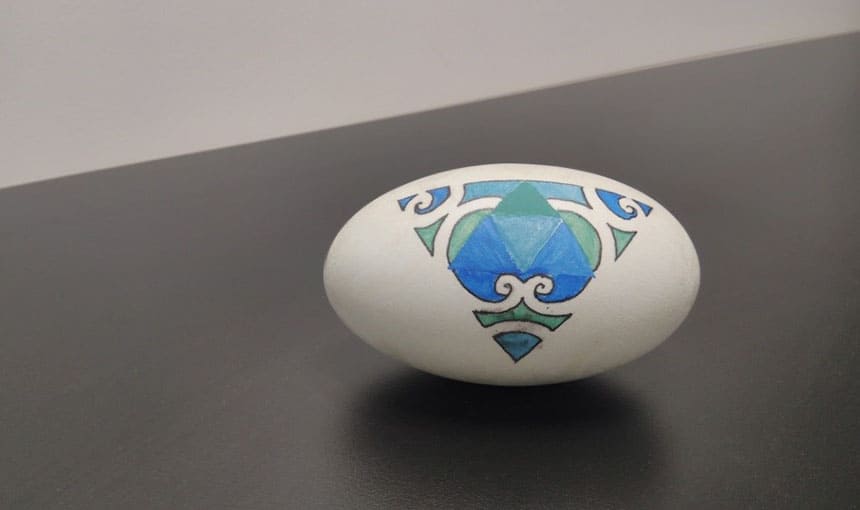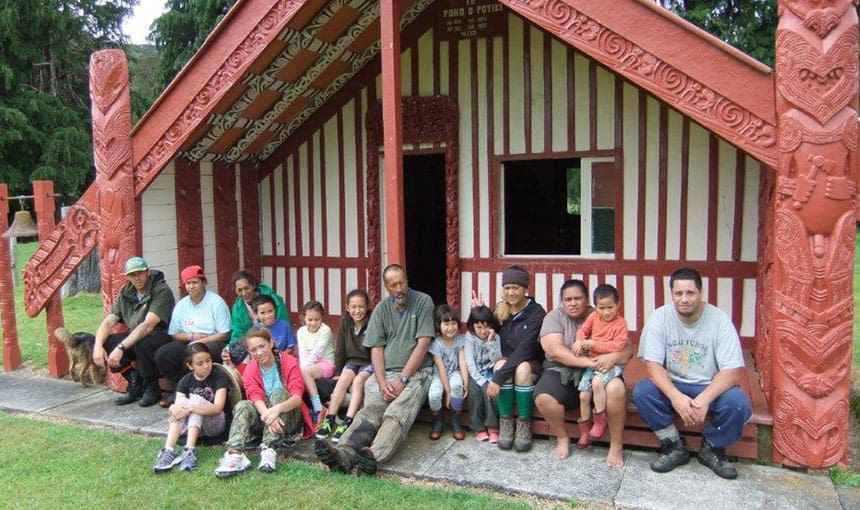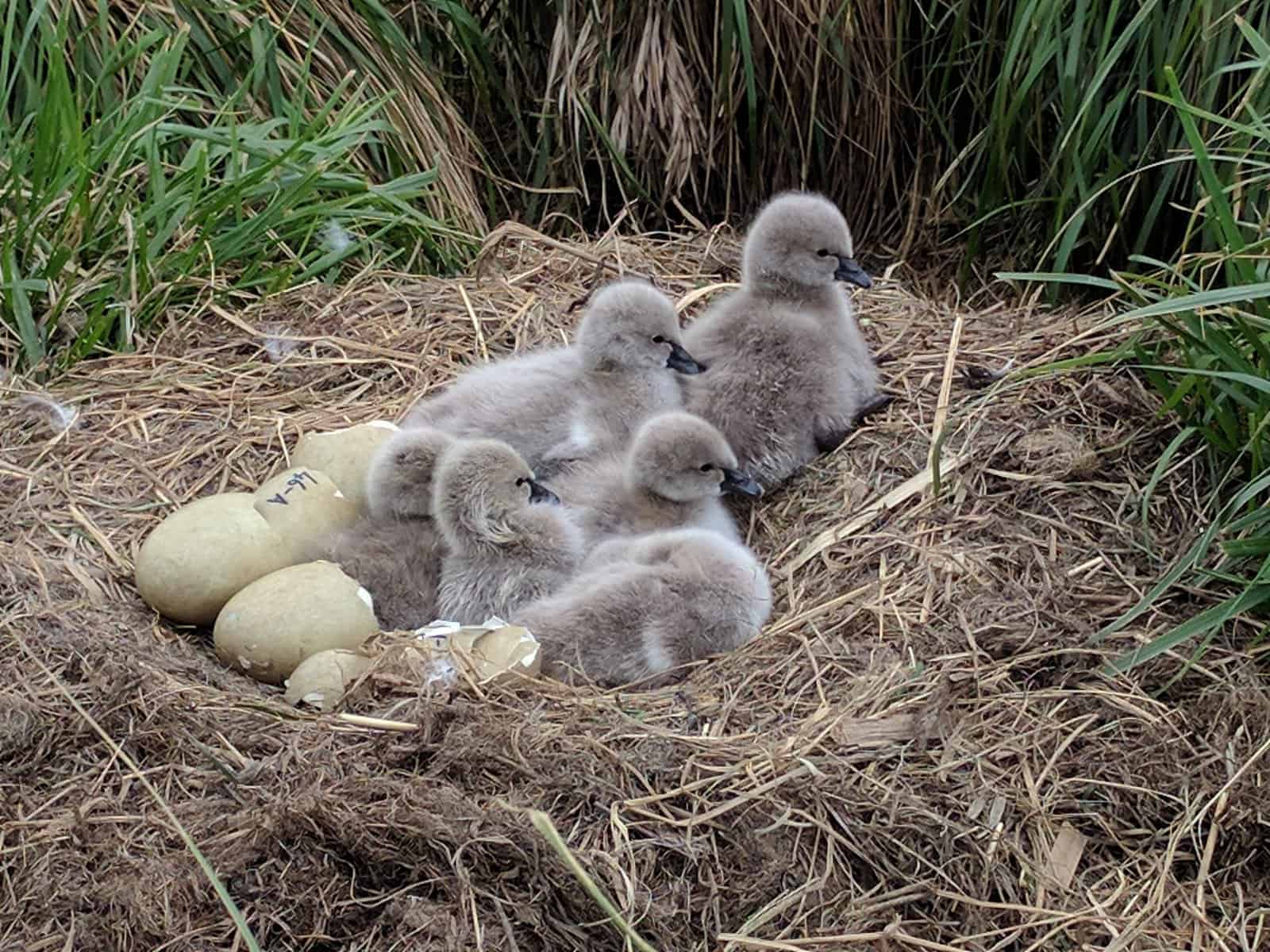Customary Approaches to Ecosystem Resilience
Researchers are investigating how the application of kaitiakitanga (Māori guardianship) approaches contribute to reversing the decline of New Zealand’s biodiversity, and support the relationship of Māori communities with their environments.
Overview Te Tirohanga Whānui
The project is led jointly by Dr Phil Lyver of Manaaki Whenua – Landcare Research and Nigel Scott of Te Rūnanga o Ngāi Tahu, and directed by the Ngāi Tahu Advisory Committee chaired by David Higgins. The multi-disciplinary research team is providing evidence to support reforms in conservation laws that currently obstruct tangata tiaki (local guardian) roles and aspirations.
It responds to a 2011 report by the Waitangi Tribunal, Ko Aotearoa Tēnei – Report into Claims Concerning New Zealand Law and Policy Affecting Māori Culture and Identity. The report found the current regulatory environment excludes Māori from participating in decisions around issues of vital importance to their culture, such as flora, fauna and the wider environment.
Researchers are aiming to develop a framework that provides the basis for informed and inclusive decision-making about environmental conservation.
Kia mau tonu ki ngā tāonga tapu o ngā Mātua Tūpuna
– Hold fast to the sacred treasures of our ancestors
The team is providing evidence to support increased local decision-making by tangata tiaki in conservation through four key themes:
- The effect of kaitiakitanga on black swan populations and their habitats will be evaluated. In association, environmental and management factors that affect black swan populations and habitat use will also be assessed (Professor Jason Tylianakis and Mark Herse, University of Canterbury).
- Opportunities for conservation law reforms that better empower tangata whenua (Māori) will be investigated within the current wildlife and conservation legislation (Professor Jacinta Ruru, University of Otago).
- Kawa (customs and protocols) and tikanga (customary approaches and guidelines) for managing the environment will be explored with a number of iwi at a national scale (Phil Lyver, Ngāti Toarangatira; Nigel Scott, Ngāi Tahu; Puke Timoti, Tūhoe; Craig Pauling, Ngāi Tahu; Dr Jane Kitson, Ngāi Tahu).
- Interviews with government representatives, landowners/farmers and tangata whenua involved in waterfowl and wetland management and harvesting will be carried out to understand tangata whenua and interest group attitudes toward kaitiakitanga approaches and practices for managing biodiversity (Dr. Sanna Malinen and Corinne Bataille, University of Canterbury).
Members of the team are also working with kaumātua (elders) and tangata tiaki from the tribal groups of Tuhoe Tuawhenua Trust (Te Urewera) and Ngāti Hauā (Waikato) to understand values and constructs for biocultural restoration of forests and wetlands.
This project contributes towards BioHeritage’s goal of creating resilient and thriving ecosystems that New Zealanders are proud of.
Highlights Ngā Mahi Whakahirahira
The contributions of indigenous peoples to conservation and environmental management are important globally because they offer alternate perspectives centered on the quality of the relationship between humans and the environment.
They also bring unique approaches to the sustainable use of natural resources.
Indigenous peoples’ cultures are commonly embedded within complex social-ecological systems, with the functions of these intricately woven together.
However, the following things interfere with indigenous peoples’ connections and relationships with nature:
- suppression of rights and culture by governments
- degradation of biodiversity
- conflict over access to, and use of, natural resources
- ongoing land-use intensification.
In addition, indigenous people, including tangata whenua, confront ongoing challenges applying their worldviews within biocentric-based conservation management.
Challenge Parties
BioHeritage’s role is to break down barriers between organisations and individual scientists by coordinating and focusing the research of top scientists from our 18 Challenge Parties.
This project is led jointly by Challenge Party Manaaki Whenua – Landcare Research and Te Rūnanga o Ngāi Tahu. Key research institutes and organisations include University of Canterbury, University of Otago, University of Waikato and Kitson Consulting.
The team consists of 13 scientists and community researchers, two PhD and two MSc students. Eleven of these members are Māori. The research is directed by the Ngāi Tahu Advisory Committee, consisting of David Higgins (Chair), Don Brown, Iaean Cranwell, Cyril Gilroy, John Henry, Jane Kitson, Te Marino Lenihan, Craig Pauling, Makarini Rupene, Khyla Russell, Joe Taurima and Paul Wilson.
The team also works closely with the Tūhoe Tuawhenua Trust, Ngātiwai and Ngati Hauā. In addition, it has brought together researchers and tangata tiaki from four other tribal entities.



